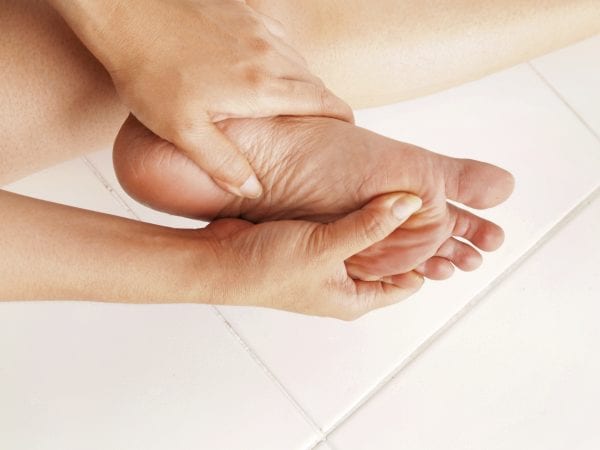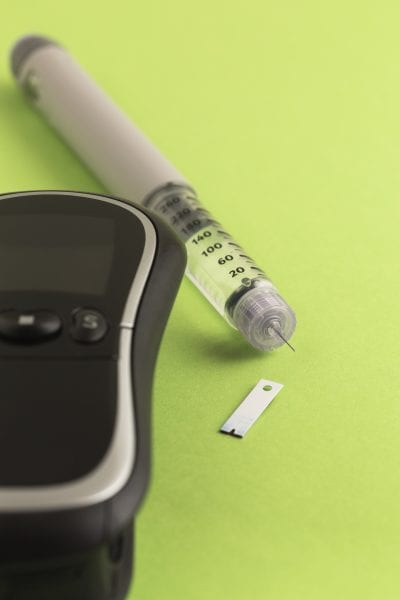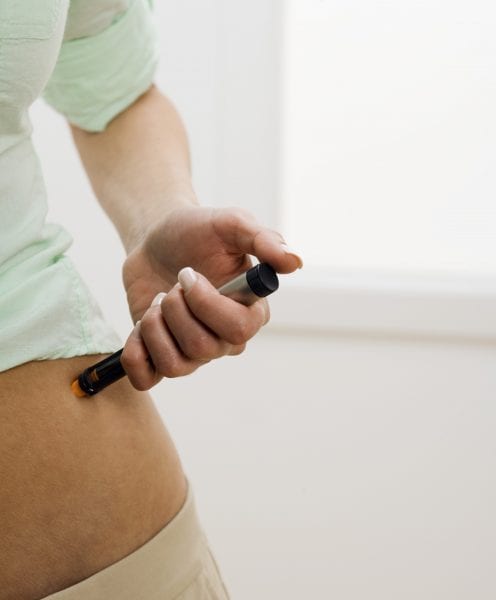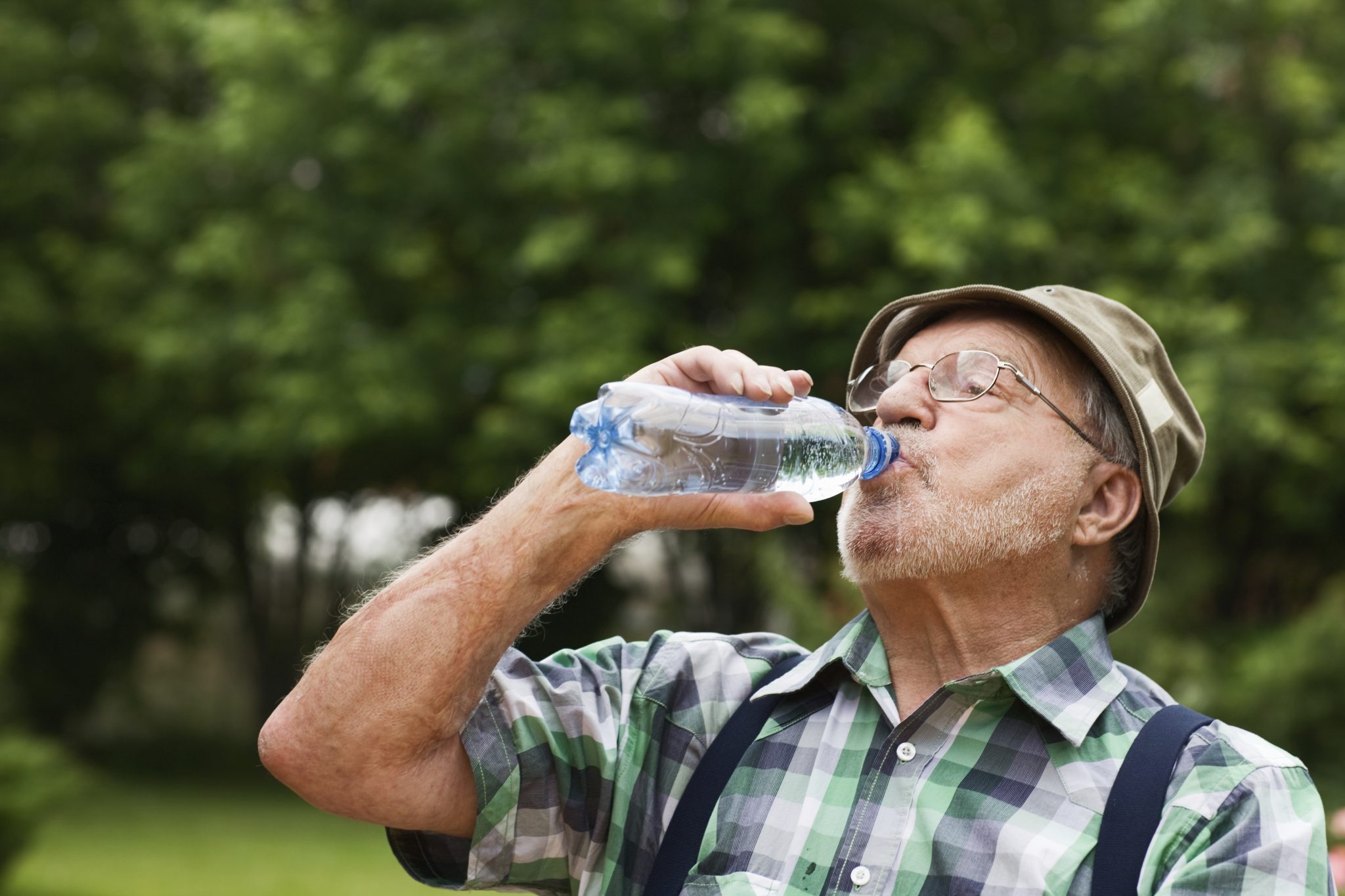Emergency Handbook

The American Diabetes Association has received questions concerning what a person with diabetes should do in an emergency. It is difficult to give advice that will be correct for every person involved, as each person’s situation with diabetes may be different.
Identify yourself as diabetic. The most important priority should be to identify yourself as having diabetes so you can get the care you need. Relief workers make decisions as to where a person should go and how he or she should be cared for based in part on the seriousness of the medical condition. Identify yourself as having diabetes and any diabetes-related complications (such as heart or kidney problems) significantly increases the chance you will get the care you need.
Avoid dehydration. In situations like the one witnessed with Hurricane Katrina, the greatest concern for people with diabetes is the effect of ongoing hyperglycemia (high blood sugar) leading to dehydration. When the blood glucose level is abnormally high, the body attempts to reduce the glucose level by dumping glucose into the urine so it can then be eliminated from the body. To do this, water must leave the body with the glucose. Over time, this can lead to dehydration unless a person can drink enough fluids to keep up with the increased urination. Given the increased temperatures in the South, additional fluid loss can occur through perspiration or sweating. With ongoing dehydration, serious medical problems can occur. One of the most important things that a person with diabetes can do is to make sure he or she takes in enough fluids to meet the body’s needs. Obviously, this must be done safely, and the best choices for fluid intake are clean water or noncarbonated fluids. Dehydration can also be a particular problem for those taking the diabetes medication called metformin (Glucophage).
Avoid hypoglycemia. A second short-term complication of diabetes is hypoglycemia (low blood sugar). This occurs only in a person who is taking medications that lower blood glucose (insulin and/or pills that cause the body to make more insulin). If at all possible, a person with diabetes should try to keep something containing sugar with him or her at all times to treat hypoglycemia should it occur.
Each person reacts to hypoglycemia differently, but these are some symptoms:
- shakiness
- sweating
- irritability, sadness, or anger
- impatience
- chills and cold sweats
- fast heartbeat
- light-headedness or dizziness
- stubbornness or combativeness
- nervousness
- drowsiness
- lack of coordination
- blurred vision
- nausea
- headaches
- tingling or numbness of lips or tongue
- strange behavior
- confusion
- passing out
- personality change

Prevent infections. A third area of concern is the prevention of infectious disease, particularly foot infections. People with diabetes are at higher risk to develop infections of the feet because of nerve and blood vessel problems. It is important that they do their best to avoid walking through contaminated water or injuring their feet. A diabetic person should inspect his or her feet visually on a regular basis to look for any cuts, sores, or blisters so he or she can get proper care. If he or she sees any of the usual signs of infection (redness and/or discharge from a wound), he or she should get immediate medical attention.

Maintain blood sugar. In response to questions about what a person with diabetes should do if he or she does not have access to usual diabetes medications, only general advice can be given. People with Type 1 diabetes are at greatest risk because they are completely dependent on injected insulin. These patients usually take insulin a number of times per day. If insulin is not available, the patient should reduce consumption of carbohydrates, if possible. If a person with Type 1 diabetes does not have any access to insulin, the most important priority should be to take in enough fluids to avoid dehydration. As quickly as insulin becomes available, these individuals need to return to their usual insulin regimen, keeping in mind that their requirements for insulin may be quite different at this particular time. If one’s usual type or brand of insulin is not available, using a different type or brand of insulin as directed by medical personnel is safe.
For a person with Type 2 diabetes, who may or may not be on insulin, not receiving his or her medications on a regular basis presents fewer problems, but medicating should be restarted as soon as possible. Again, avoiding hyperglycemia, which can lead to dehydration, is the most important priority. As medications become available, they should be restarted cautiously, keeping in mind that a person’s needs for a particular medication and dosage may have changed if significant weight loss has occurred or a person has gone without adequate intake of food for a significant period of time.
In some affected areas, pharmacies may let you get your medicines without a prescription if you have the pill bottles. Many people with diabetes take medicines for high blood pressure and cholesterol as well. These should also be restarted as soon as possible.

Know the Differences
Hyperglycemia
Higher-than-normal blood glucose levels (a reading of 140 mg/dL to 170mg/dL for people with diabetes). Symptoms include frequent urination, blurred vision, unusual thirst, and feeling tired.
Hypoglycemia
Lower-than-normal blood glucose levels (a reading of 70 mg/dL to 110mg/dL for people with diabetes). Symptoms include sudden weakness, headache, dizziness, anxiety, or extreme hunger.
Diabetes and You, HE-0291
Used by permission of the Mississippi State University Extension Service.
No guarantee, endorsement, or discrimination among comparable products is intended or implied by the Alabama Cooperative Extension System. This publication is for information purposes only and should not be a substitute for recommendations or treatment by a health care provider.

